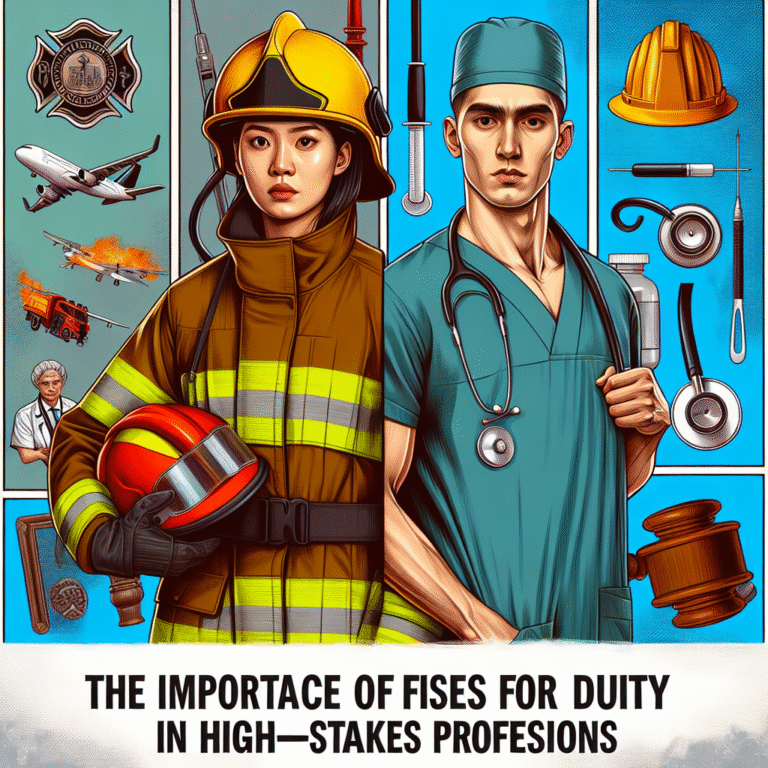
Introduction
Stalking is an insidious crime that affects millions every year, leaving victims feeling powerless and vulnerable. Whether it’s relentless phone calls, unwanted messages, or physical harassment, the impact can be devastating. If you’ve ever felt unsafe due to someone’s obsessive behavior, knowing your legal rights becomes crucial. In this comprehensive guide on "Legal Protections Against Stalking: What You Need to Know," we will explore the legal framework, available resources, and actionable steps to help you protect yourself. By the end of this article, you’ll be empowered with the knowledge needed to safeguard your peace of mind.
Understanding Stalking: The Basics
What Constitutes Stalking?
According to the National Center for Victims of Crime, stalking can be defined as a pattern of behavior directed at a specific person that would cause a reasonable person to feel fear. This can include but is not limited to:
- Repeated phone calls or messages
- Following or watching the victim
- Sending unwanted gifts or letters
- Excessive online presence, including social media harassment
The Legal Definition
While laws vary by state, stalking is generally considered a crime and is defined in legal terms as engaging in a course of conduct that harasses or intimidates another person. In many jurisdictions, the victim does not need to prove that the stalker intended to harm them, only that their actions caused fear or emotional distress.
Legal Framework: Key Laws and Regulations
Federal Laws on Stalking
At the federal level, the Violence Against Women Act (VAWA) provides crucial protections for stalking victims. It enables survivors to seek legal intervention and provides funding for various support services.
Table 1: Key Federal Protections under VAWA
| Aspect | Description |
|---|---|
| Legal Assistance | Grants funding to legal aid for stalking victims. |
| Law Enforcement Training | Provides training to help officers deal with stalking cases effectively. |
| Victim Services | Supports organizations providing psychological and legal support. |
State Laws on Stalking
Each state has its own specific laws regarding stalking. Many states classify stalking as a felony if repeated behavior occurs, allowing for harsher penalties. Key variations include:
- Restraining Orders: Several states offer immediate restraining orders for victims, preventing stalkers from contacting or approaching them.
- Anti-Stalking Statutes: Some jurisdictions have specific statutes that define various forms of stalking and outline the legal repercussions for offenders.
Case Studies: Real-World Applications of Legal Protections
Case Study 1: Jane’s Fight Against Her Stalker
Jane, a recent college graduate, found herself the target of an obsessive former classmate who would not take no for an answer. After numerous unwanted encounters, Jane decided to file a restraining order.
Analysis: This case illustrates the effectiveness of legal protections available under state laws. By obtaining a restraining order, Jane gained both legal and emotional distance from her stalker, allowing her to regain a sense of control over her life.
Case Study 2: Tom’s Successful Use of Technology in Protection
Tom experienced harassment through various online platforms. He documented every instance, including screenshots and dates. When he approached law enforcement, he had solid evidence that led to an investigation.
Analysis: This case emphasizes the importance of documentation in stalking cases. Technology can be both a weapon and a tool for protection. Tom’s evidence helped authorities take the situation seriously, highlighting the growing intersection between digital behavior and legal actions.
Navigating the Legal System: Steps to Take
1. Document Everything
Always record details of stalking incidents, including dates, times, locations, and descriptions of what occurred. This documentation will be invaluable whether you seek a restraining order or report the behavior to law enforcement.
2. Seek Legal Advice
Contact an attorney experienced in handling stalking cases. They can guide you through the legal options available, from filing restraining orders to understanding the nuances of state laws.
3. Reach Out for Support
Victims should not suffer in silence. Seek support from local organizations, shelters, and counseling services. Many of these organizations provide legal resources and emotional support.
Legal Protections Against Stalking: What You Need to Know About Restraining Orders
Types of Restraining Orders
- Temporary Restraining Orders (TRO): These are issued quickly and provide immediate protection while awaiting a court hearing.
- Permanent Restraining Orders: After a full hearing, a court can issue this for a more extended period, often several years.
How to Obtain a Restraining Order
- Visit Your Local Court: Determine where to file your request.
- Complete Required Forms: Fill out the necessary documentation outlining the incidents and your need for protection.
- Attend a Hearing: Be prepared to provide evidence and explain why a restraining order is necessary.
Common Myths About Stalking and Legal Protections
Myth #1: Stalking Isn’t Serious
Many victims feel their situation isn’t severe enough to warrant legal action. This myth can endanger the victim’s safety. All incidents should be taken seriously.
Myth #2: Stalking Only Happens in Person
Stalking can occur digitally, making it equally threatening.
Conclusion: Empowering Yourself Against Stalking
Understanding "Legal Protections Against Stalking: What You Need to Know" is a crucial step in reclaiming your life and peace of mind. When you know your rights and the legal resources available, you’re not just informed—you’re empowered.
Stalking can be a difficult ordeal, but with the right knowledge and tools, you can navigate your situation more effectively. Make the choice to take charge of your safety today, and know that you are not alone in this fight.
FAQs
1. What should I do if I feel threatened by someone?
Always prioritize your safety. Document the behaviors, reach out to local authorities, and consider seeking a restraining order.
2. Can I file for a restraining order without a lawyer?
Yes, you can file for a restraining order on your own, but legal advice is recommended for best results.
3. What is the difference between stalking and harassment?
Stalking often involves repeated and unwanted attention that creates fear, while harassment might include one-time threats or annoying behavior.
4. How do states vary in their stalking laws?
Each state has its own definitions and penalties for stalking; some may classify it as a felony with harsher penalties.
5. Is there support available for stalking victims?
Yes! Many organizations and charities offer counseling, legal resources, and support for stalking victims.
This guide on "Legal Protections Against Stalking: What You Need to Know" not only fosters understanding but also arms you with the knowledge to take action. Stay safe, stay informed, and never hesitate to seek help.















